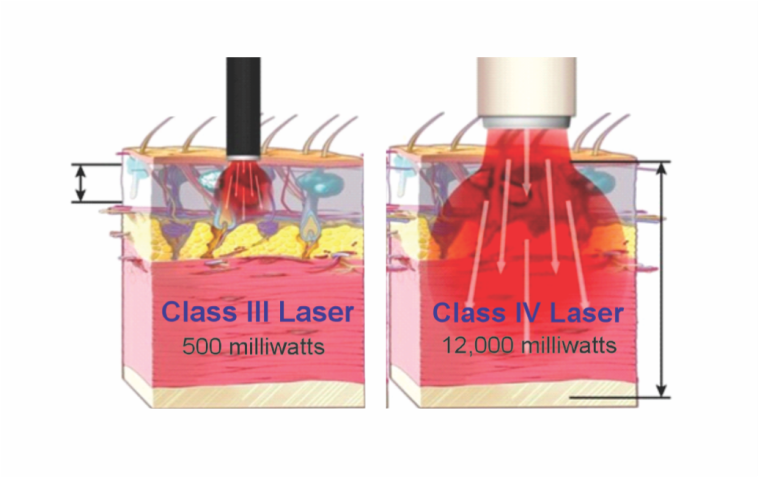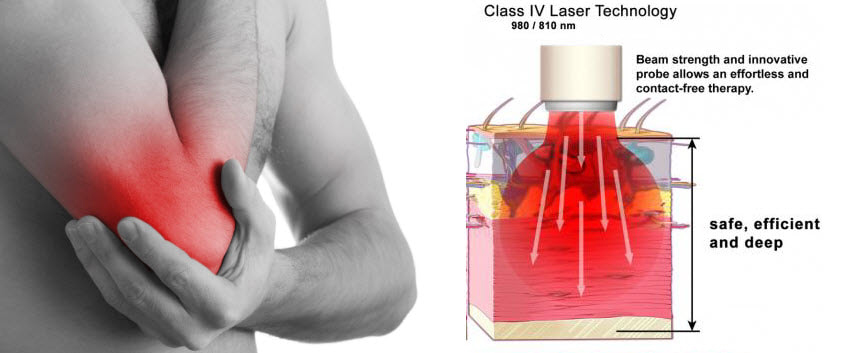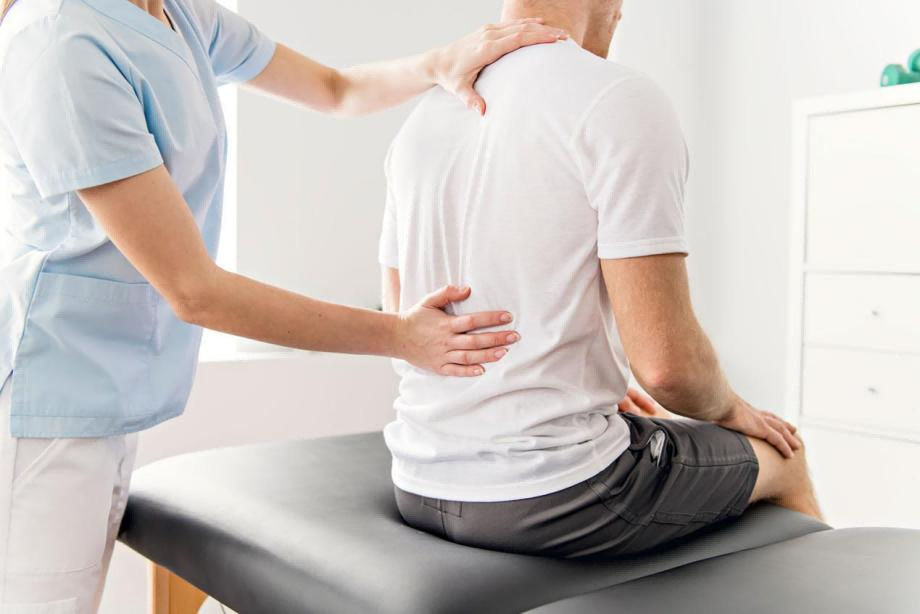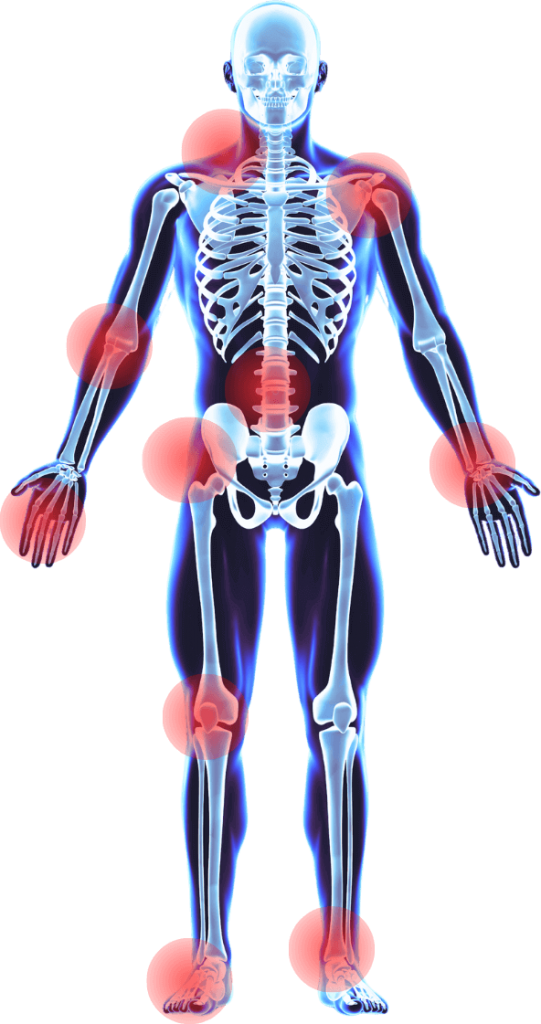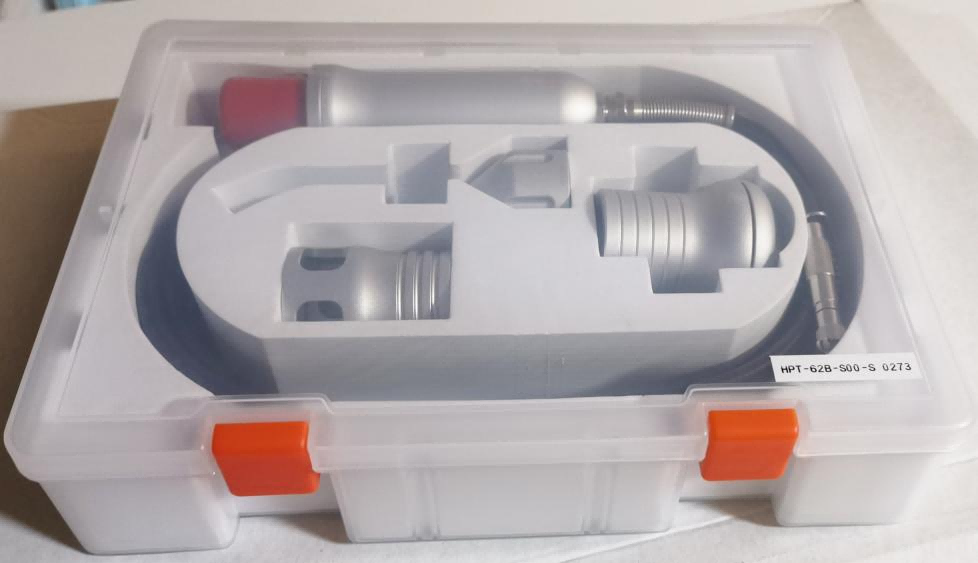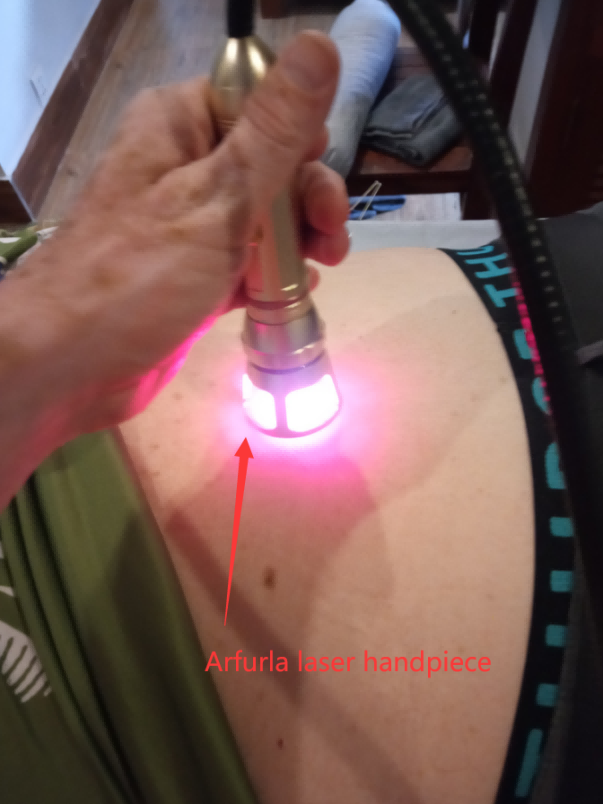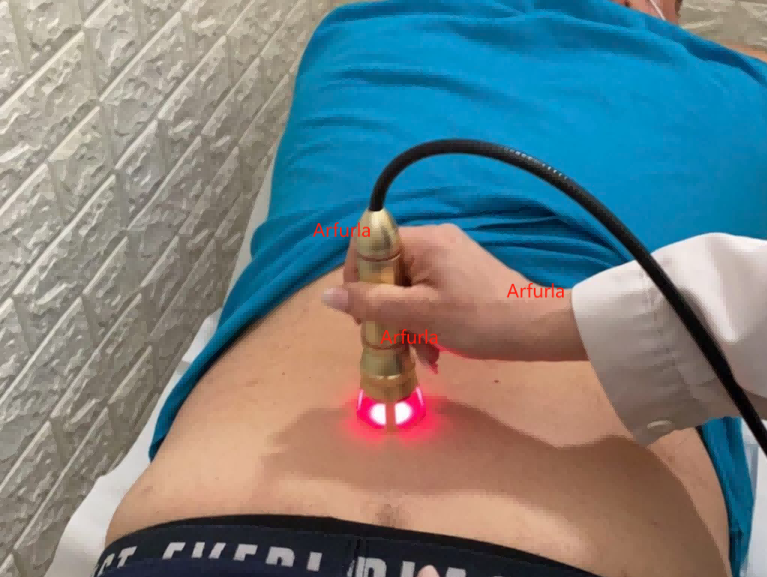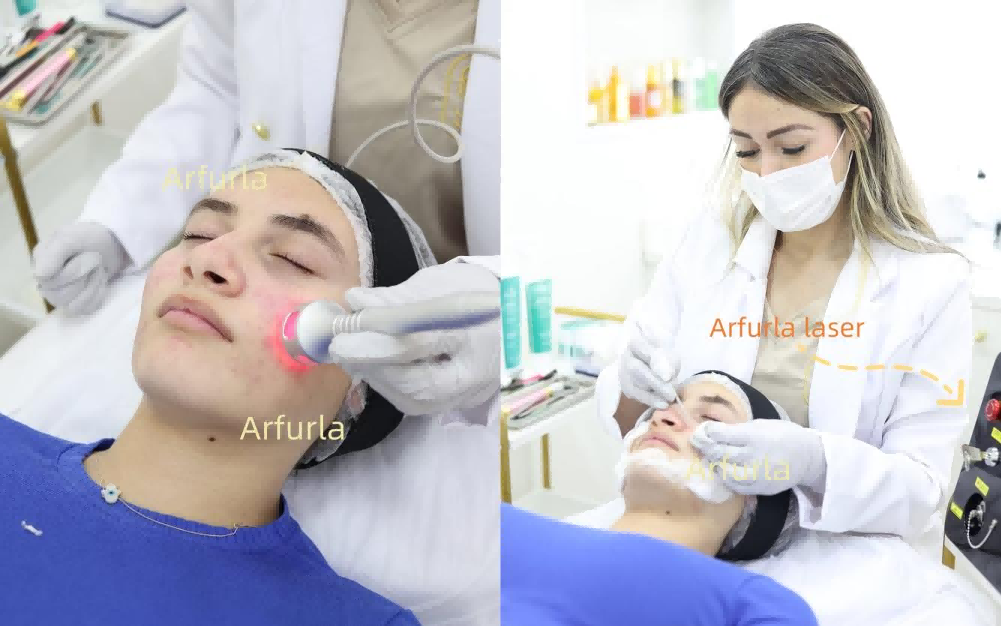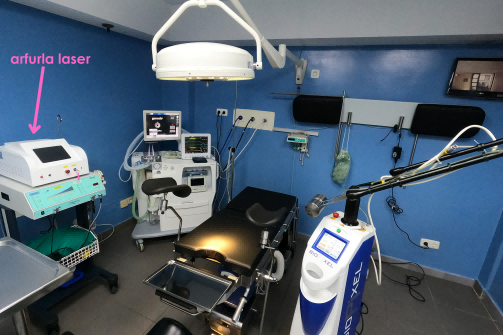- Home
- AFL Medical 12 In 1
- Facial Endo Laser Bodylift/Lipolysis Laser Treatment
- Physiotherapy Laser Treatment
- Spider Veins Removal
- Onychomycosis Laser Treatment
- EVLT Laser Treatment
- Proctology Laser Treatment
- ENT Laser Treatment
- Gynecology Laser Treatment
- Dentistry Laser Treatment
- PLDD Laser Treatment
- Surgery Laser Treatment
- Veterinary Laser Treatment
- Products
- Video
- Service
- News
- About Us
- Send Inquiry
- Home
- AFL Medical 12 In 1
- Facial Endo Laser Bodylift/Lipolysis Laser Treatment
- Physiotherapy Laser Treatment
- Spider Veins Removal
- Onychomycosis Laser Treatment
- EVLT Laser Treatment
- Proctology Laser Treatment
- ENT Laser Treatment
- Gynecology Laser Treatment
- Dentistry Laser Treatment
- PLDD Laser Treatment
- Surgery Laser Treatment
- Veterinary Laser Treatment
- Products
- Video
- Service
- News
- About Us
- Send Inquiry

